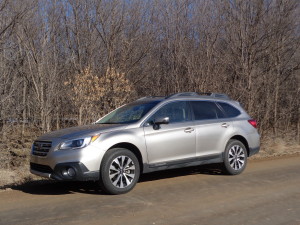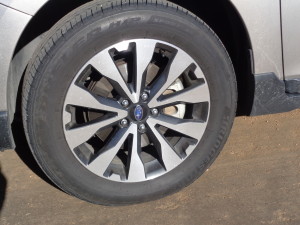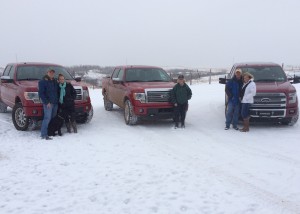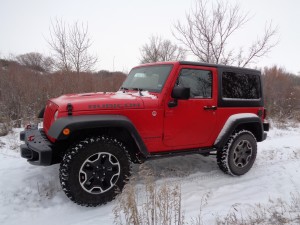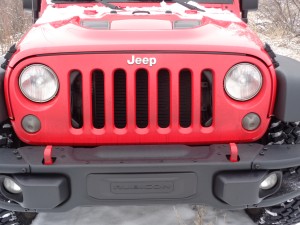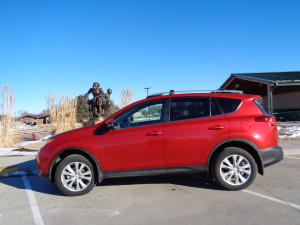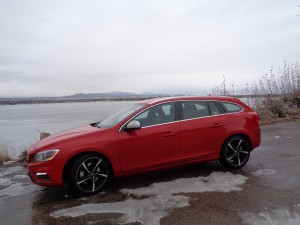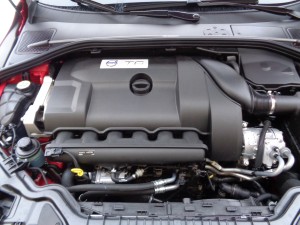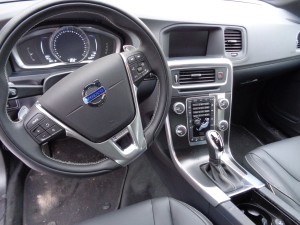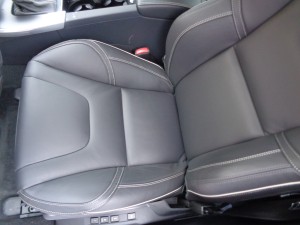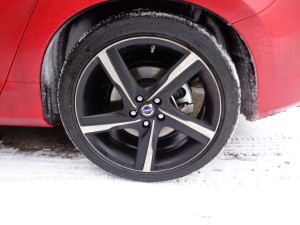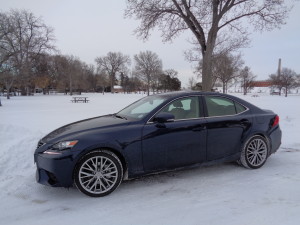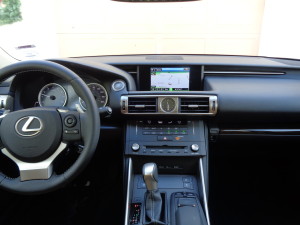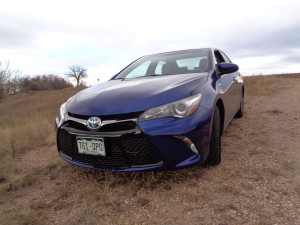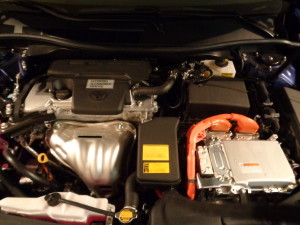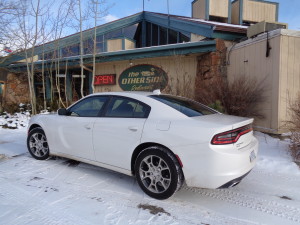
I glanced briefly at the center stack, while heading downroad after dark in the 2015 Dodge Dart GT, and staring right back at me was the colorful face of the Uconnect 8.4-inch audio/navigation touchscreen display.
The large, high-resolution screen is a highlight of a very pleasant interior for the Dart. The entertainment package is tuned in with AM/FM/CD/satellite audio, VoiceCommand, Bluetooth and Garmin navigation/SiriusXM Traffic, which provides current weather, travel, fuel information, sports and movie listings.
The roomy, front-wheel-drive Dart compact (it is 3 inches longer than the Chevy Cruze or Toyota Corolla) returned to Dodge showrooms in 2013 after an absence of 37 years. Aimed at young adults, the Dart is available in five models, beginning with the SE at $16,495, the SXT, Aero, GT and Limited.
The Dart GT performed smoothly with its 2.4-liter, 184-horsepower Tigershark engine and 6-speed automatic transmission. It delivered an average of 27.4 miles per gallon in overall driving; that was close to the middle of its 22/31 EPA estimate.
Two other optional engines will go considerably higher in mpg – a 2.0-liter 4-cylinder of 160-hp and a peppy 1.4-liter turbocharged 4-cylinder. I tested the little turbo 2 ½ years ago and averaged 33.4.
The Dart GT carried a sticker price of $24,680, which included the UConnect setup, Powertech automatic transmission, remote start, 18-inch hyper black wheels and compact spare tire. Among standard items for the GT are Nappa leather seats (heated in front), backup camera, dual-zone climate control and speed control.
Lightly bolstered front seats are wide and comfortable. Anyone who has ridden with us over the years knows that Jan oversees much of the usage of HVAC in the cars and trucks. More than once during the very cold week we drove the Dart I heard grumbling from the passenger side over “slow warmup” of the heater.
The Dart was a strong competitor for Dodge from 1960 to 1976, when it was discontinued in favor of a new model called the Aspen.
Here are the specifications for the 2015 Dodge Dart GT:
- Capacity 5-passenger sedan
- Wheelbase 106.4 inches
- Length 183.9 inches
- Width 72 inches
- Height 57.7 inches
- Curb Weight 3,186 pounds
- Track 61.7 inches front, 61.6 rear
- Ground Clearance 4.4 inches
- Turn Circle 37.7 feet
- Drivetrain Front-wheel-drive
- Engine 2.4-liter 4-cylinder
- Horsepower/Torque 184/171
- Transmission 6-speed automatic
- Steering rack-and-pinion
- Suspension strut front, multilink rear
- Fuel mileage estimate 22/31
- Fuel mileage average 27.4
- Fuel Tank 15.8 gallons, regular unleaded
- Wheels 18-inch
- Tires Goodyear Eagle 225/40R18
- Cargo Volume 13.1 cubic feet
- Warranty 3 years/36,000 miles basic, 5/100,000 powertrain
Competitors Honda Civic, Ford Focus, Mazda3, Toyota Corolla, Chevrolet Cruze
Assembly Plant Belvidere, Ill.
Parts Content U.S./Canadian 60%, Mexico 18%
Base Price of Lowest Model $16,495; Base Price of Review Model $21,195; Destination Charge $995; Sticker Price $24,680.
